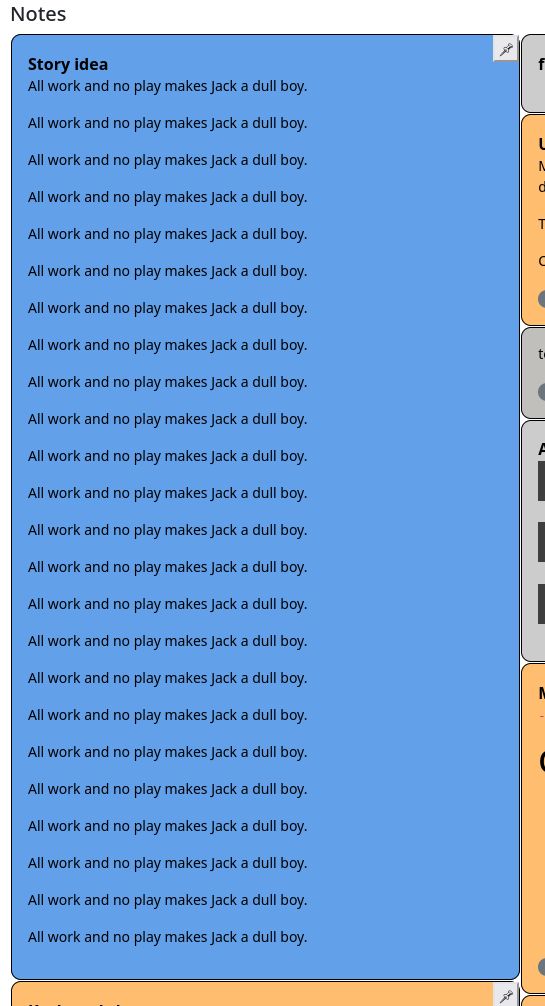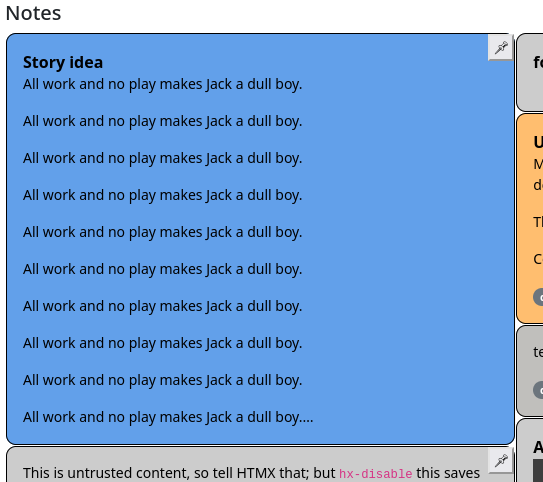I'm banking (among others) with a Spanish bank that has a German website. They have the weird idea of using your id card number as online account number. Except that this number changes every 10 years for German ID cards, as German ID cards get reissued. Which means that also my login ID was changed without further notification to me.
The website also had until recently another weird Spanish UI custom. You had to enter the password for the website by clicking the letters on a jumbled keyboard, for extra security like this:
Back when I had to use such a keypad at work, the custom was to change the password to 12345678 , to make entering less taxing.
I wonder what other stuff I'll discover in my stay with that bank.
End of 2024, I got me a Huawei Band 8 on a lark, seeing that there was a used exemplar at Amazon for € 24.
I mainly wanted to try out how well it works with GadgetBridge, and even if it doesn't, a small computer with a screen for € 24
sounded interesting.
Good
- works with Gadgetbridge. "Deep Sleep" is not recognized/supported, but that's not really important to me.
- saves me 10 minutes in my morning routine, as I don't reach for my phone anymore when getting up, preventing one cycle of mails and doomscrolling
- even can install custom watchfaces
- cheap replacement bands on AliExpress, in various colours
Bad
I didn't find a good way to create custom watchfaces:
* Huawei SDK requires registration
* Huawei Theme Design Tool is Windows only, but I didn't try it yet
* nothing found on Github
GadgetBridge cannot upload my own pictures as backgrounds. I would like this, as I prefer to have pictures that I took myself around me.
Surprises
- gets too hot in direct sunlight at 25°C , warns about it and then switches off
I stumbled over this blog post.
The author seems to have worked in the dating app industry and tells about some statistics
(and subsequent strategies) for dating apps.
Takeaway for me is that what people tell you is not always actionable.
Linus Akesson published an interesting article on a demo by him.

The demo features 9 sprites (hence the name) displayed simultaneously on a C64, hence the name.
There is another video dissecting the demo and how it achieves its "impossible" effect. What impresses me the most is not the dissection but the debugger and scanline visualisation tools shown in the video.

In the large overview, I don't want to display looong notes:

CSS can cut off content after a given number of lines, and also add an ellipsis:
@supports (-webkit-line-clamp: 10) {
overflow: hidden;
text-overflow: ellipsis;
white-space: initial;
display: -webkit-box;
-webkit-line-clamp: 10;
-webkit-box-orient: vertical;
}
... dynamically shortening notes that are too long to 10 lines.

Again, CSS might be a far too blunt tool here, but on the other side,
this means I don't need to figure out a heuristic to determine whether
certain markdown text is longer than 10 lines.



